
Dapaong: The Hidden Gem of Northern Togo
Discover Dapaong, a serene town in Northern Togo, rich in culture, history, and natural beauty, perfect for a peaceful and authentic travel experience.
Nestled in Northern Togo, Dapaong is a vibrant town that offers visitors a unique blend of culture, history, and natural beauty. Known for its welcoming atmosphere, Dapaong provides a refreshing escape from the hustle and bustle of city life. Here, you can immerse yourself in the local traditions and explore the rich cultural heritage that defines this charming destination. Dapaong is surrounded by stunning landscapes, including the picturesque cliffs and valleys of the surrounding region. One of the must-visit sites is the Keran National Park, where you can experience the diverse wildlife and lush greenery. The park is perfect for nature lovers and adventure seekers alike, offering opportunities for hiking, bird watching, and even spotting elephants. In the heart of the town, you will find the vibrant markets where locals sell handmade crafts, colorful textiles, and fresh produce. The friendly vendors are always eager to share stories about their products and the local way of life. Don't miss the chance to taste the local cuisine, which includes delicious dishes made from fresh, local ingredients. Dapaong is also home to several cultural landmarks, such as the traditional mud-brick houses and ancient rock carvings. These sites provide a glimpse into the area's rich history and the creativity of its people. The town's relaxed pace and friendly residents make it a perfect destination for those looking to experience the authentic side of Togo.
Local tips in Dapaong
- Visit the local markets early in the morning for the freshest produce and best bargains.
- Bring comfortable walking shoes for exploring the natural parks and trails.
- Try to learn a few basic phrases in French, the local language, to enhance your interaction with the locals.
- Carry cash, as many local vendors may not accept credit cards.
- Respect local customs and dress modestly, especially when visiting cultural sites.
Dapaong: The Hidden Gem of Northern Togo
Nestled in Northern Togo, Dapaong is a vibrant town that offers visitors a unique blend of culture, history, and natural beauty. Known for its welcoming atmosphere, Dapaong provides a refreshing escape from the hustle and bustle of city life. Here, you can immerse yourself in the local traditions and explore the rich cultural heritage that defines this charming destination. Dapaong is surrounded by stunning landscapes, including the picturesque cliffs and valleys of the surrounding region. One of the must-visit sites is the Keran National Park, where you can experience the diverse wildlife and lush greenery. The park is perfect for nature lovers and adventure seekers alike, offering opportunities for hiking, bird watching, and even spotting elephants. In the heart of the town, you will find the vibrant markets where locals sell handmade crafts, colorful textiles, and fresh produce. The friendly vendors are always eager to share stories about their products and the local way of life. Don't miss the chance to taste the local cuisine, which includes delicious dishes made from fresh, local ingredients. Dapaong is also home to several cultural landmarks, such as the traditional mud-brick houses and ancient rock carvings. These sites provide a glimpse into the area's rich history and the creativity of its people. The town's relaxed pace and friendly residents make it a perfect destination for those looking to experience the authentic side of Togo.
When is the best time to go to Dapaong?
Iconic landmarks you can’t miss
Marché de Dapaong
Explore the rich culture and vibrant sights of Marché de Dapaong, a must-visit market in Togo for an authentic local experience.
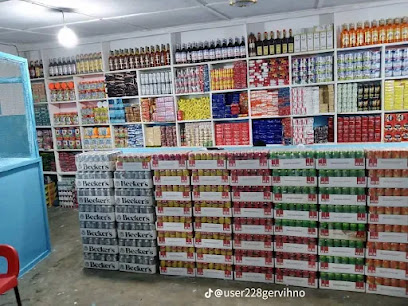
Barrage de Dapaong
Explore the serene beauty of Barrage de Dapaong, a picturesque lake in Togo perfect for relaxation, wildlife observation, and cultural immersion.
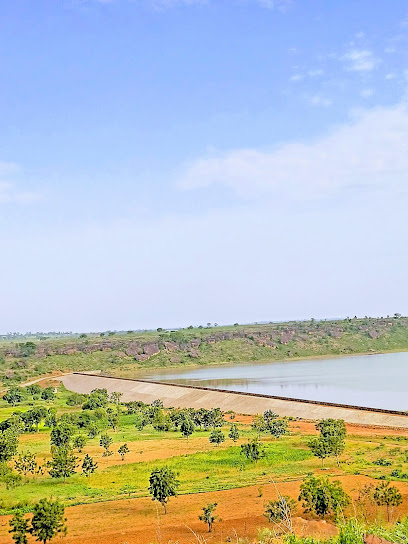
Monument
Explore Togo's rich heritage at the Ethnographic Museum in Dapaong, where culture and history come alive through captivating exhibits and local traditions.
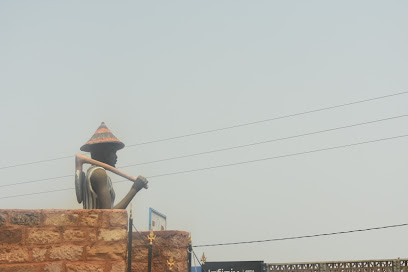
Unmissable attractions to see
Cascade de Womé
Experience the breathtaking beauty of Cascade de Womé, a serene waterfall near Kpalimé, Togo, where nature and adventure await.
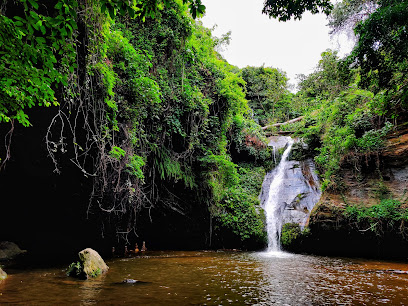
cascade de Yikpa
Experience the beauty of Cascade de Yikpa, a stunning waterfall in Ghana, perfect for adventure seekers and nature lovers alike.
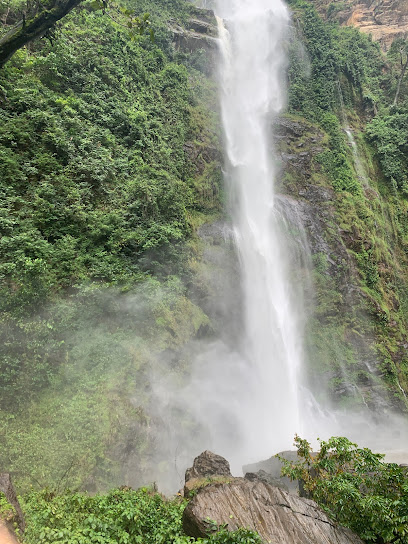
Plantation Odef Essence Teck
Experience the tranquility of Plantation Odef Essence Teck, a serene park in Mango, Togo, perfect for nature lovers and relaxation seekers.
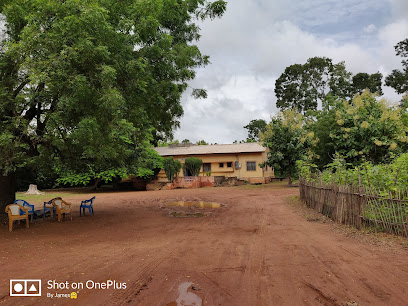
Carrefour Carnaval
Discover the breathtaking hiking trails of Carrefour Carnaval in Dapaong, Togo – a nature lover's paradise filled with stunning views and serene landscapes.
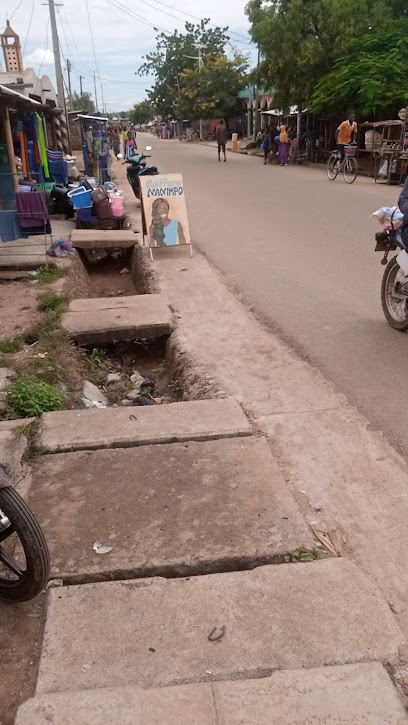
Barrage de Timbou
Experience tranquility at Barrage de Timbou, a hidden park gem in Timbou, perfect for nature lovers and those seeking a peaceful retreat.
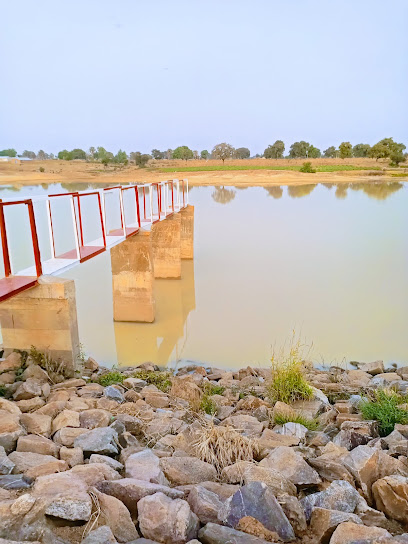
OUBIAGOU KORBONGOU
Explore Oubiagou Korbongou Garden, a serene retreat in nature showcasing vibrant local flora and fauna in the heart of Korbongou.

Park animalier (Hippopotame)
Explore Park Animalier in Mango, a serene hiking area home to captivating hippopotamuses and stunning natural beauty.
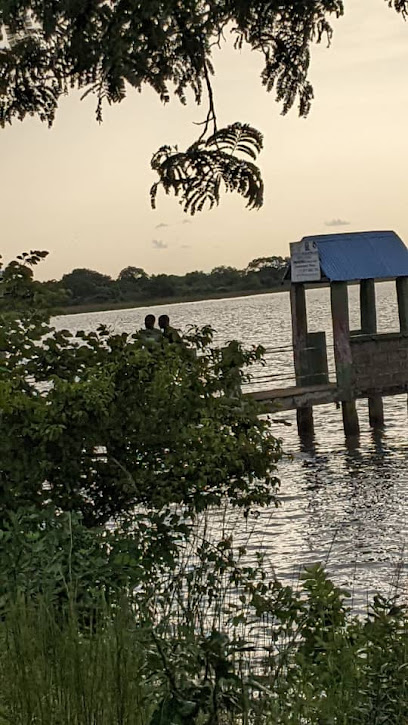
La boucle du Togo
Discover the breathtaking landscapes and rich biodiversity of La Boucle du Togo, a must-visit tourist attraction in Kongo, Togo.

Ferme Bâtissons Demain
Explore the vibrant flora and sustainable practices at Ferme Bâtissons Demain, a tranquil garden in Dapaong, Togo, perfect for nature lovers.
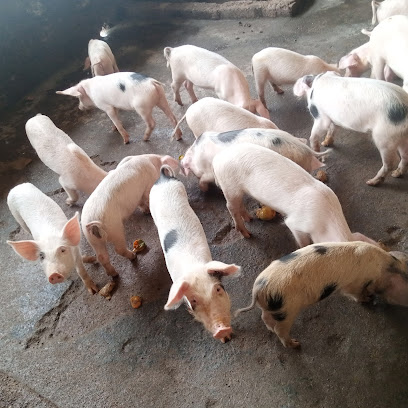
Essential places to dine
ONE WAY
Discover the lively ambiance at ONE WAY bar in Dapaong - where local culture meets unforgettable nightlife experiences.
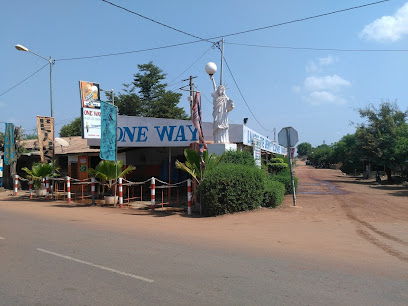
Hôtel de Dapaong
Discover comfort and cultural richness at Hôtel de Dapaong in Togo's vibrant northern region.
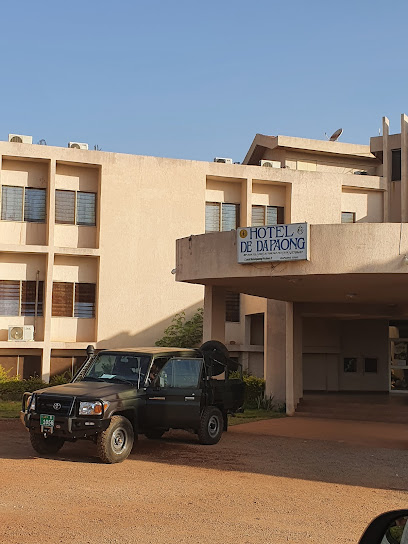
Restaurant Bar PARADISO
Discover the vibrant flavors of Togo at Restaurant Bar PARADISO in Dapaong - where culinary tradition meets modern dining.
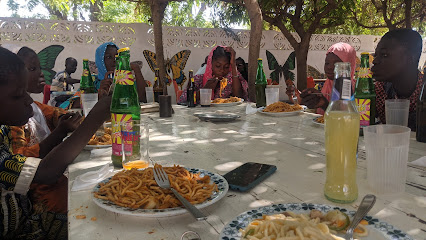
ROYAL MIXE
Experience authentic Togolese cuisine at Royal Mixe in Dapaong - where flavor meets tradition in every dish.

Restaurant Africain
Experience authentic African cuisine at Restaurant Africain in Senkase - where every meal tells a story.
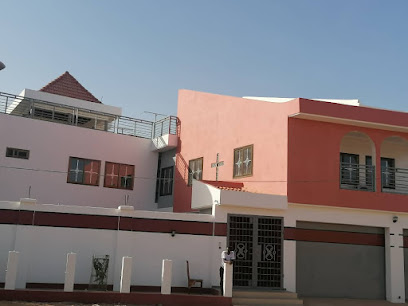
Bar Vendôme City
Discover Bar Vendôme City in Dapaong: A lively bar offering a taste of Togo's nightlife with refreshing drinks and vibrant ambiance.
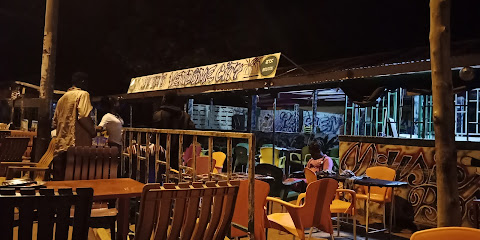
Dapaong Plage
Discover Dapaong Plage: A serene bar by the coast where relaxation meets local culture amidst stunning seaside views.

Restaurant Hôtel LA GAZA
Experience authentic Togolese breakfast at Restaurant Hôtel LA GAZA in Dapaong - where local flavors meet warm hospitality.
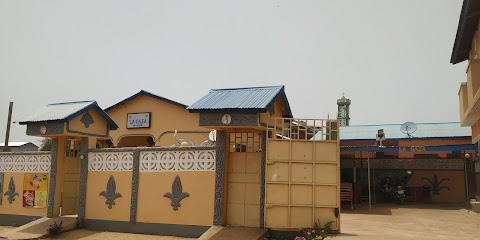
Bar-restoTOGO-NOUVEAU
Discover authentic Togolese flavors at Bar-restoTOGO-NOUVEAU, where every meal tells a story of culture and tradition in Dapaong.
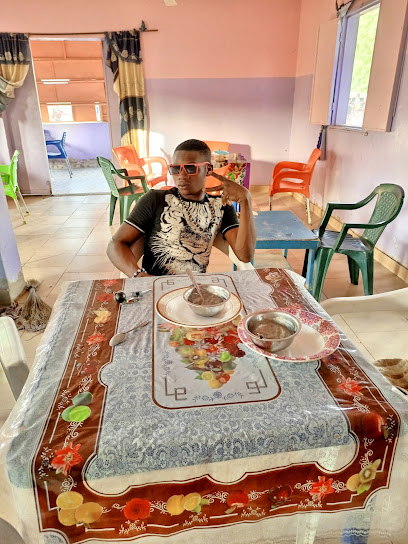
Bar Restaurant Le TRIANGLE
Experience authentic Togolese cuisine at Bar Restaurant Le TRIANGLE in Dapaong - a culinary haven filled with local flavors and warm hospitality.

KANTINDI
Savor authentic Cantonese flavors at Kantindi in Dapaong – where tradition meets taste in every dish.
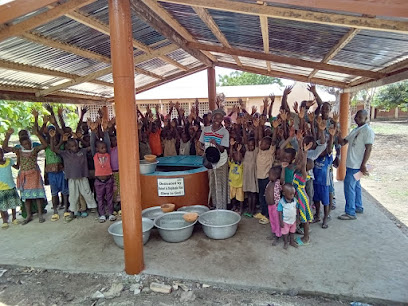
TOGO NOUVEAU 1
Discover authentic Togolese cuisine at Togo Nouveau 1 in Barkoisi – where every dish tells a story.

Bar-restaurant SK
Experience authentic Togolese flavors at Bar-Restaurant SK in Dapaong - where every meal is grilled to perfection amidst a welcoming atmosphere.

Chez Maman fridoss
Discover the flavors of Togo at Chez Maman Fridoss, where fast food meets traditional cuisine in the heart of Cinkassé.

Bar restaurant KOM-LANDO
Savor authentic Togolese flavors at Bar Restaurant KOM-LANDO in Dapaong - where every dish tells a story.

Markets, malls and hidden boutiques
ETS: BADAMA DAPAONG
Explore the vibrant culture and unique finds at ETS: Badama Dapaong, a premier shopping destination in Dapaong, Togo.
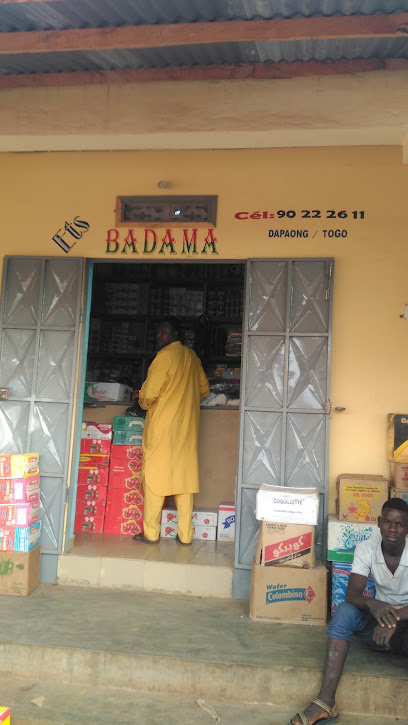
Ampia Kado Shop
Experience the essence of Dapaong at Ampia Kado Shop, where local flavors and vibrant market life converge for an unforgettable shopping experience.

PIENI et Fils dis ETOILE DU MATIN
Discover the essence of Togolese culture at Pieni et Fils dis ETOILE DU MATIN, a supermarket in Dapaong filled with local flavors and friendly faces.
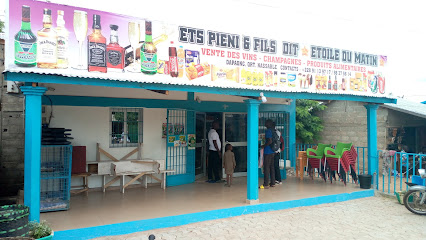
Maison De Mode La CREATIVITE
Explore unique Togolese fashion at Maison De Mode La CREATIVITE in Dapaong – a shopping experience that celebrates local artistry and creativity.

BATISSEURS BUSINESS CENTER
Discover the vibrant shopping experience at Batisseurs Business Center in Dapaong, where local culture meets modern retail in an exciting atmosphere.
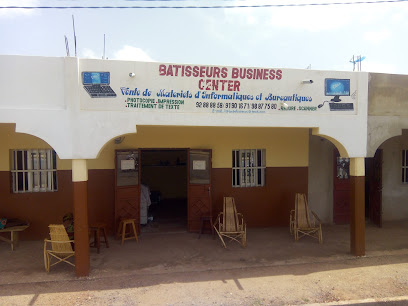
Pressing L'Emmanuel
Explore local fashion at Pressing L'Emmanuel in Dapaong, where vibrant Togolese culture meets contemporary style in a welcoming atmosphere.
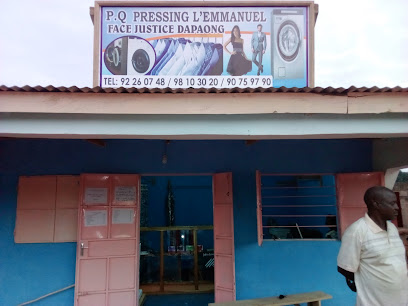
BOUTIQUE TOGOCEL NATBAGOU
Discover the heart of Dapaong at Boutique Togocel Natbagou, where shopping meets local culture in a vibrant atmosphere.
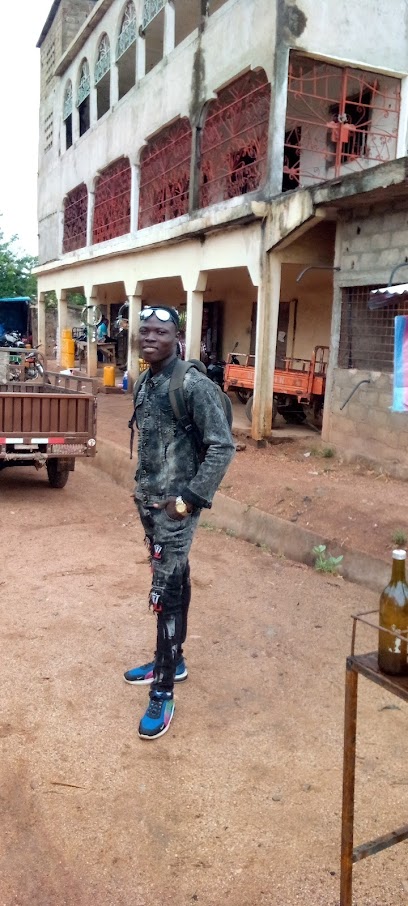
MISSION INFO
Discover the heart of Dapaong's tech scene at Mission Info, your go-to computer store for the latest gadgets and accessories.
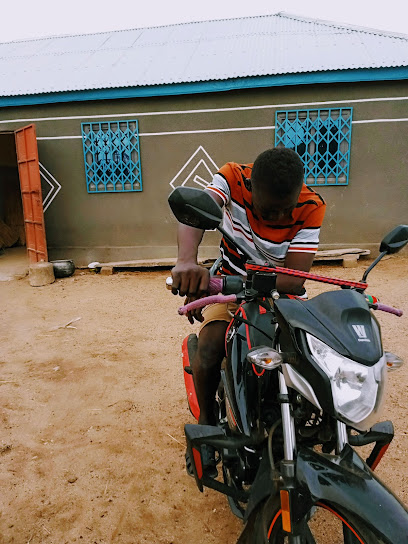
TOGO INFORMATIQUE et COMMUNICATION
Explore the dynamic shopping experience at Togo Informatique et Communication in Dapaong, where local culture meets modern retail.
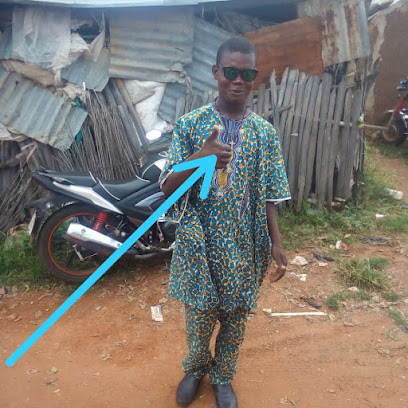
ETS: DIEU DONNE
Explore ETS: DIEU DONNE in Dapaong for a unique shopping experience blending local culture and international brands.

Radio Maria Dapaong
Explore the spiritual heart of Dapaong at Radio Maria, your destination for unique religious goods and cultural immersion.
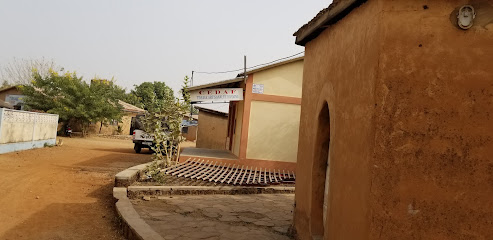
ELEGANCE SHOP
Explore Elegance Shop in Dapaong for unique Togolese crafts and fashion, a perfect blend of tradition and contemporary style.

Librairie Diocésaine Saint Charles Lwanga
Explore rich spiritual literature and unique religious artifacts at Librairie Diocésaine Saint Charles Lwanga in Dapaong, a cultural treasure for every traveler.
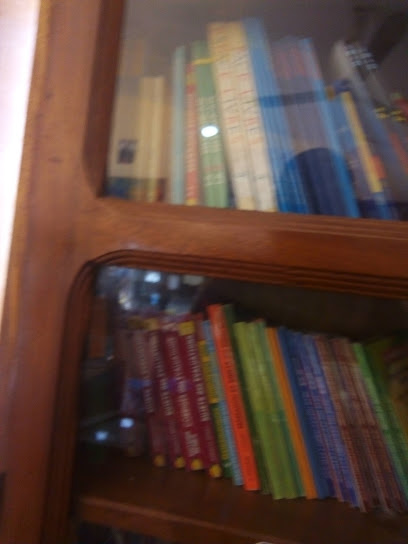
ETS bon prix padjou vente des matériaux de construction quincaillerie général Dapaong Togo
Explore ETS Bon Prix in Dapaong for premium building materials and exceptional hardware selection, perfect for every construction need.

DAPAONKPERGOU
Discover the flavors of Dapaong at Dapaonkpergou, a charming bakery offering delightful pastries and local treats in a cozy setting.

Essential bars & hidden hideouts
BAR ESCALE
Discover the vibrant spirit of Dapaong at Bar Escale, where local culture meets refreshing beverages in a friendly atmosphere.
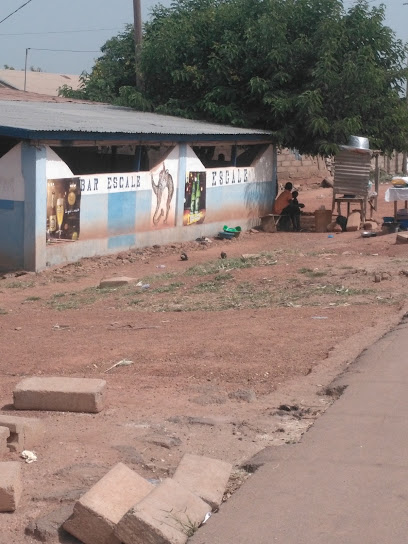
Dapaong Plage
Experience the vibrant atmosphere of Dapaong Plage, a bar that celebrates local culture with refreshing drinks and a lively ambiance.

Bar 3k
Discover the vibrant nightlife at Bar 3k in Dapaong, where locals and visitors gather for drinks, music, and unforgettable experiences.

BLUETOOTH
Discover the vibrant nightlife of Dapaong at Bluetooth Bar, where local culture and refreshing drinks come together for an unforgettable experience.
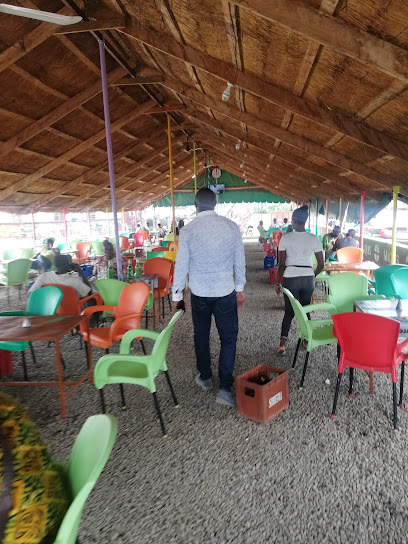
Bar Oxigène
Experience the lively atmosphere of Bar Oxigène in Dapaong, where local culture meets refreshing drinks and friendly faces.
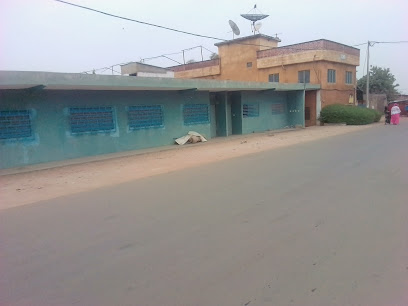
YEMIMA BAR
Experience the vibrant culture of Dapaong at Yemima Bar, where locals and travelers unite over authentic Togolese drinks and lively conversations.
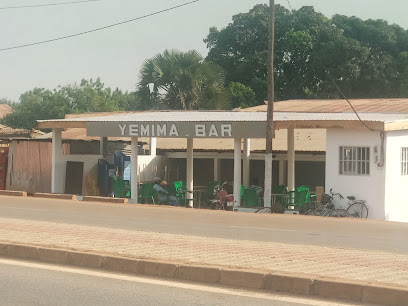
La vie du bon côté Dapaong
Experience the vibrant nightlife of Dapaong at La Vie du Bon Côté, where local charm meets refreshing drinks and lively atmosphere.

Five star
Discover the vibrant nightlife at Dapaong's Five Star Bar, where local culture meets modern relaxation in a lively ambiance.

Maquis le bonheur
Experience the heart of Togolese culture at Maquis le Bonheur, a vibrant bar in Dapaong known for its local cuisine and lively ambiance.
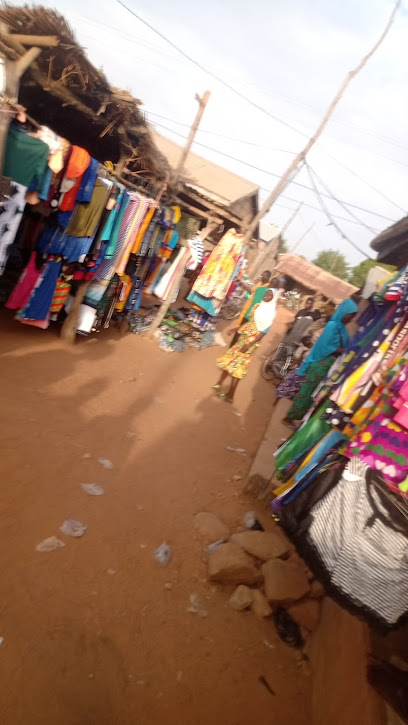
Bar
Experience the lively ambiance and authentic Togolese hospitality at a charming bar in Dapaong, where every drink tells a story.

Bar Akossombo
Experience the vibrant nightlife at Bar Akossombo, a top bar in Dapaong offering local brews and a welcoming atmosphere.

BAR ÉLITE
Experience the vibrant nightlife of Dapaong at BAR ÉLITE, a popular bar offering a lively atmosphere and a wide selection of drinks.

BAR PLAY STORE
Experience the lively nightlife at BAR PLAY STORE, the premier bar in Dapaong, where local culture meets vibrant entertainment.
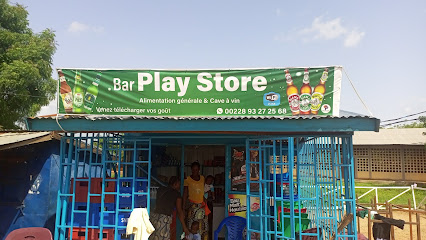
Bar Union
Experience the vibrant atmosphere of Dapaong at Bar Union, a lively beer hall offering a diverse selection of local brews and traditional snacks.

Bar-restaurant SK
Experience local flavors and warm hospitality at Bar-Restaurant SK in Dapaong, specializing in delicious grilled dishes and vibrant atmosphere.

Local Phrases about Dapaong
-
- HelloBonjour
[bon-jour] - GoodbyeAu revoir
[oh-re-vwar] - YesOui
[wee] - NoNon
[nohn] - Please/You're welcomeS'il vous plaît
[seel voo pleh] - Thank youMerci
[mehr-see] - Excuse me/SorryPardon
[par-dohn] - How are you?Comment ça va?
[koh-mon sah vah] - Fine. And you?Bien. Et toi?
[byen. ay twah] - Do you speak English?Parlez-vous anglais?
[par-leh voo ahn-glay] - I don't understandJe ne comprends pas
[zhuh nuh kohn-prahn pah]
- HelloBonjour
-
- I'd like to see the menu, pleaseJe voudrais voir le menu, s'il vous plaît
[zhuh voo-dray vwar luh meh-noo, seel voo pleh] - I don't eat meatJe ne mange pas de viande
[zhuh nuh mahnj pah deh vyand] - Cheers!Santé!
[sahn-tay] - I would like to pay, pleaseJe voudrais payer, s'il vous plaît
[zhuh voo-dray pay-ay, seel voo pleh]
- I'd like to see the menu, pleaseJe voudrais voir le menu, s'il vous plaît
-
- Help!Au secours!
[oh sey-koor] - Go away!Allez-vous en!
[ah-lay voo zahn] - Call the Police!Appelez la police!
[ah-peh-lay lah poh-leece] - Call a doctor!Appelez un médecin!
[ah-peh-lay uh med-sahn] - I'm lostJe suis perdu
[zhuh swee pair-doo] - I'm illJe suis malade
[zhuh swee mah-lahd]
- Help!Au secours!
-
- I'd like to buy...Je voudrais acheter...
[zhuh voo-dray ah-shet-ay] - I'm just lookingJe regarde juste
[zhuh ruh-gard juhst] - How much is it?Combien ça coûte?
[kohn-byen sah koot] - That's too expensiveC'est trop cher
[say troh shay] - Can you lower the price?Pouvez-vous baisser le prix?
[poo-vay voo beh-say luh pree]
- I'd like to buy...Je voudrais acheter...
-
- What time is it?Quelle heure est-il?
[kell uhr eh-teel] - It's one o'clockIl est une heure
[eel eh oon uhr] - Half past (10)Dix et demi
[dees ay duh-mee] - MorningMatin
[mah-tan] - AfternoonAprès-midi
[ah-pray mee-dee] - EveningSoir
[swahr] - YesterdayHier
[yehr] - TodayAujourd'hui
[oh-zhoor-dwee] - TomorrowDemain
[duh-man] - 1Un
[uhn] - 2Deux
[duh] - 3Trois
[twah] - 4Quatre
[kat] - 5Cinq
[sank] - 6Six
[sees] - 7Sept
[set] - 8Huit
[wheet] - 9Neuf
[nurf] - 10Dix
[dees]
- What time is it?Quelle heure est-il?
-
- Where's a/the...?Où est...?
[oo eh...] - What's the address?Quelle est l'adresse?
[kell eh la-dress] - Can you show me (on the map)?Pouvez-vous me montrer (sur la carte)?
[poo-vay voo muh mohn-tray (soor lah kart)] - When's the next (bus)?Quand est le prochain (bus)?
[kahn eh luh proh-shan (boos)] - A ticket (to ....)Un billet (pour ....)
[uhn bee-yay (poor)]
- Where's a/the...?Où est...?
History of Dapaong
-
Dapaong, located in the northernmost part of Togo, has a rich history that dates back to early human settlements. The area was originally inhabited by indigenous tribes such as the Moba and Gourma. These tribes were known for their unique cultural practices, including traditional music, dance, and intricate crafts. Archaeological findings in the region have revealed ancient tools and pottery, indicating a long-standing human presence.
-
During the late 19th and early 20th centuries, Dapaong, like much of Togo, came under French colonial rule. The French established administrative and military outposts in the region, which led to significant changes in the local governance and infrastructure. This period also saw the introduction of Western education and Christianity, which had lasting impacts on the cultural and social landscape of Dapaong.
-
The mid-20th century was a time of political upheaval and nationalist movements across Africa, and Dapaong was no exception. The people of Dapaong played a crucial role in Togo's struggle for independence from French colonial rule. The region saw numerous protests and political activities aimed at gaining autonomy. Togo eventually gained independence on April 27, 1960, a historic moment that marked a new chapter for Dapaong and the entire nation.
-
Following independence, Dapaong experienced significant development in various sectors. The Togolese government invested in infrastructure, education, and healthcare, improving the quality of life for the residents. The construction of roads and the establishment of schools and hospitals were pivotal in transforming Dapaong into a more modern town. Despite challenges, the people of Dapaong continued to preserve their cultural heritage while embracing progress.
-
Dapaong is renowned for its vibrant cultural festivals and traditions that reflect the rich heritage of the Moba and Gourma tribes. One of the most notable events is the 'Dapo Festival,' celebrated with traditional music, dance, and rituals. This festival attracts visitors from all over the country and beyond, offering a glimpse into the unique customs and communal spirit of the people of Dapaong.
-
Dapaong is not only a hub of historical and cultural significance but also boasts stunning natural landscapes. The nearby Togo Mountains and the Oti River provide opportunities for eco-tourism and adventure. Visitors can explore hiking trails, enjoy bird-watching, and experience the serene beauty of the region. The local communities are actively involved in promoting sustainable tourism, ensuring that the natural environment is preserved for future generations.
Dapaong Essentials
-
Dapaong is located in the northernmost part of Togo. The nearest major airport is Lomé-Tokoin International Airport in Lomé, about 650 kilometers south of Dapaong. From Lomé, you can take a domestic flight to Niamtougou International Airport, which is closer but still about 150 kilometers away from Dapaong. Alternatively, you can travel by bus or car from Lomé to Dapaong, which takes approximately 10-12 hours by road.
-
Dapaong is a small town, and many of its attractions are within walking distance. For longer trips, local taxis and motorcycle taxis (zemidjans) are readily available and relatively inexpensive. Public minibuses (bush taxis) operate within the town and connect to nearby villages. Renting a car can also be a convenient option for exploring the surrounding areas at your own pace.
-
The official currency in Togo is the West African CFA Franc (XOF). Credit cards are not widely accepted in Dapaong, so it is advisable to carry cash. ATMs are available in Dapaong, but it is wise to withdraw sufficient cash in Lomé or another major city before traveling to ensure you have enough funds. Currency exchange services might be limited, so plan accordingly.
-
Dapaong is generally a safe destination for tourists. However, like any travel destination, it is advisable to take standard precautions. Avoid walking alone at night in unfamiliar areas and keep an eye on your belongings in crowded places. While there are no specific high-crime areas targeting tourists, it is always best to stay vigilant and aware of your surroundings.
-
In case of emergency, dial 117 for police assistance and 118 for medical emergencies. The local police station and medical facilities are available in Dapaong. It is recommended to have travel insurance that covers medical emergencies. For minor health issues, there are pharmacies in the town where you can purchase over-the-counter medications.
-
Fashion: Do dress modestly, especially when visiting religious sites. Avoid wearing revealing clothing. Religion: Do respect local customs and traditions. Always remove your shoes when entering places of worship. Public Transport: Do be respectful and give up your seat to elderly passengers. Don't eat or drink on public transport. Greetings: Do greet people with a handshake. A slight bow of the head is also a sign of respect. Eating & Drinking: Do try local delicacies and accept food offerings graciously. Don't refuse hospitality, as it is considered impolite.
-
To experience Dapaong like a local, visit the local markets where you can buy fresh produce and traditional Togolese goods. Engage with locals, as they are often friendly and willing to share stories about the town's history and culture. Don't miss visiting the nearby Tamberma Valley, a UNESCO World Heritage Site known for its unique fortress-like mud houses. For a unique experience, explore the local crafts and textiles, which are an integral part of Dapaong's cultural heritage.
Nearby Cities to Dapaong
-
Things To Do in Ziniaré
-
Things To Do in Ouagadougou
-
Things To Do in Wa
-
Things To Do in Koudougou
-
Things To Do in Niamey
-
Things To Do in Atakpamé
-
Things To Do in Ouahigouya
-
Things To Do in Dédougou
-
Things To Do in Kpalimé
-
Things To Do in Notse
-
Things To Do in Ho
-
Things To Do in Sunyani
-
Things To Do in Bobo-Dioulasso
-
Things To Do in Lokossa
-
Things To Do in Kumasi





